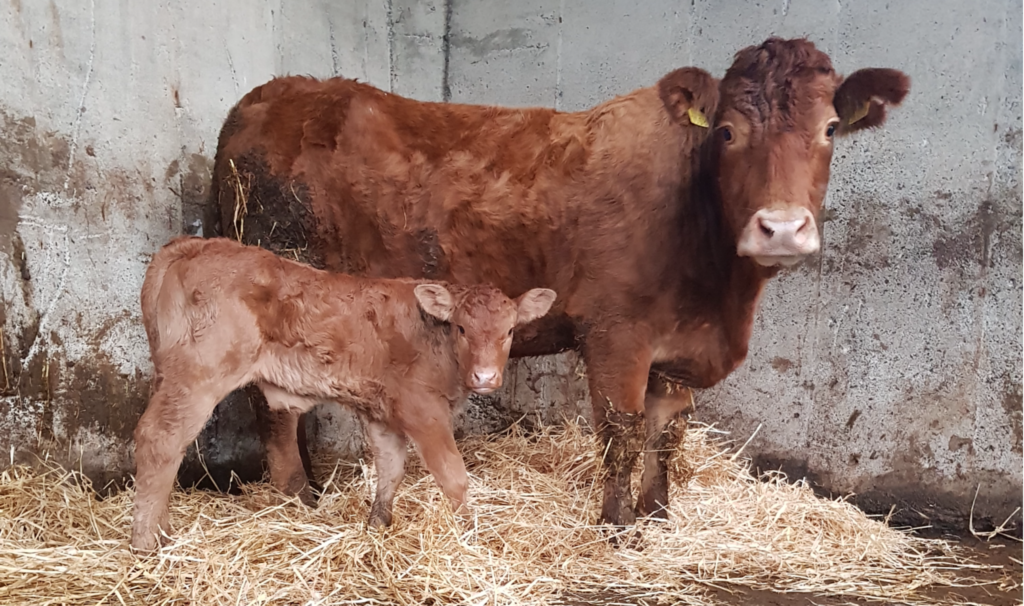Well known vet Tommy Heffernan has specified a two-hour period within the calving process when the farmer should observe a suckler cow closely and, thereafter intervene with a light touch only.
After that it really is a case of getting independent advice.
Heffernan made the observations while taking part in a recent Teagasc Beef Edge podcast. He confirmed that a successful calving is dependent on the amount of space available within the pelvis for the emerging calf.
Stages of calving
“There are three stages to calving. The first is the longest and involved the calf moving from the uterus into the cervix. This can take between eight and 12 hours,” Heffernan said.
Stage two involves the cervix opening, at which stage the feet may become visible. The final stage involves the actual expulsion of the calf by the cow.
“A significant number of farmers tend to intervene too early. A cow will become very restless in the run up to calving. This is normal; the pins will drop but she will also want to be alone at this stage,” he said.
Farmer intervention
The podcast heard that when a farmer intervenes, the first job is to get a sense of the space that is available for the calf.
“A normal presentation includes the legs out and coming to a point in tandem with a head that has plenty of space in the pelvis available to it,” Heffernan explained.
“Beyond this can be a step into the unknown as the person handling the calf will not know about the size of its hips or the shoulders.
Knowledge of the bull that sired the calf can help in this regard.
The veterinarian went on to on to point out that a twisted calf bed can catch many farmers out.
“If the farmer is feeling anything that’s not normal, then it’s time to call for help. A caesarean section is a lot easier on the calf than a hard pull. Always know the normal,” Heffernan explained.
In cases where the manipulation of the calf’s legs is undertaken, these operations should be undertaken with great care. A cow’s vagina is very tough; in contrast, the lining of her womb is very sensitive.
“If no progress is made within a relatively short period of time then, again, help should be called for.”
Use of a calving jack
According to Heffernan, cows must be properly restrained before a calving jack is used.
“A cow or heifer at the point of calving represent two of the most dangerous animals that can be found on any farm.
“It is important that the head of the jack fits the cow and that it should not block the vagina. Having the proper calving ropes available is also important, as is the use of adequate amounts of lube.
A calving jack can exert the pressure of three men. So it’s important to use the tool sensitively.
“After a difficult calving, it’s important to administer an anti-inflammatory to the cow, as this will help to reduce pain levels,” he concluded.
